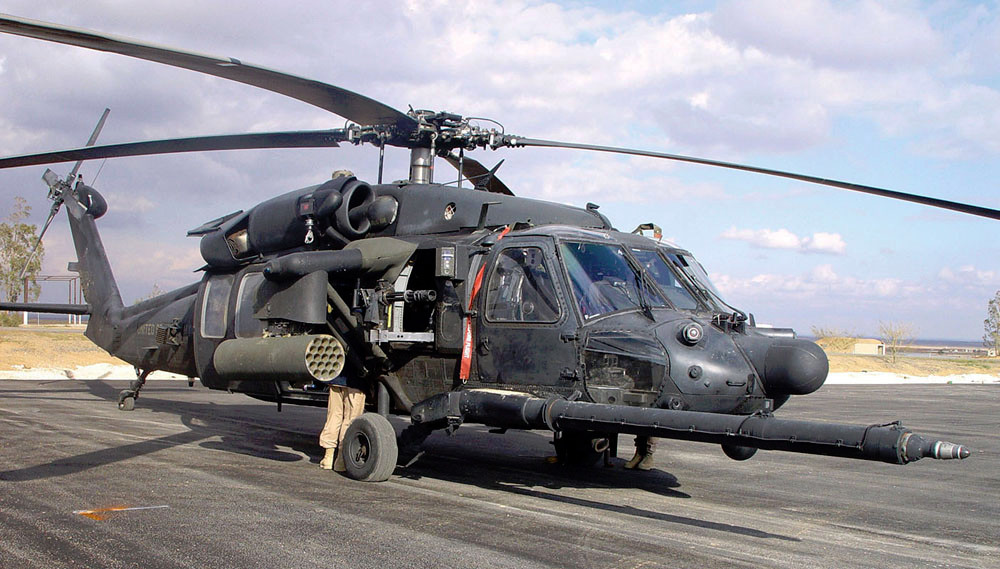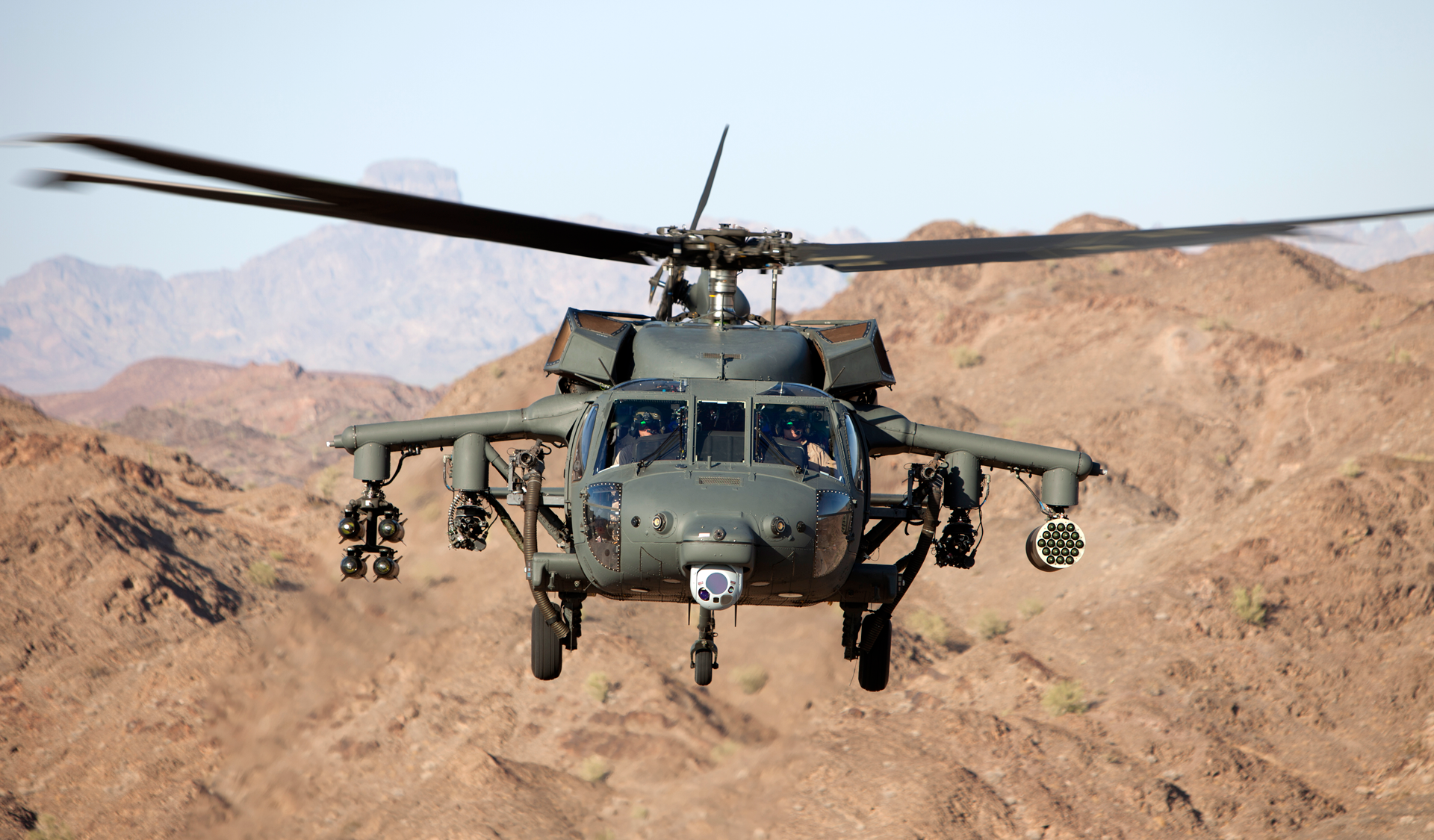Learn more about the State-of-the-Art Innovation Powering the Blackhawk Helicopter
Learn more about the State-of-the-Art Innovation Powering the Blackhawk Helicopter
Blog Article
Introducing the Power and Flexibility of the Blackhawk Helicopter
The Blackhawk helicopter stands as a testament to engineering excellence and military development, dramatically forming the landscape of modern-day aerial procedures. Originally developed in the late 1960s, this dual-engine aircraft has advanced into a complex system with the ability of implementing a series of goals, from tactical troop implementations to urgent medical emptyings. Its style incorporates advanced modern technology and materials, enhancing both efficiency and survivability. As we explore its background and functional abilities, one need to consider just how the Blackhawk continues to influence modern combat techniques and altruistic efforts alike. What does this mean for the future of armed forces air travel?
History of the Blackhawk
The history of the Blackhawk helicopter is marked by significant technical innovations and a critical development in armed forces aviation. Created in the late 1960s by Sikorsky Airplane, the UH-60 Blackhawk was initially conceived to replace the older UH-1 Iroquois, generally understood as the "Huey." The Blackhawk's very first trip occurred in 1974, and it was formally presented to the united state Military in 1979.


This aircraft was created to fulfill the requiring requirements of modern war, focusing on rate, adaptability, and resilience (Blackhawk Helicopter). Its ability to operate in different atmospheres, paired with innovative avionics and design functions, rapidly developed the Blackhawk as an essential asset for military operations worldwide
Throughout the 1980s and 1990s, the Blackhawk saw substantial use in numerous conflicts, consisting of the Gulf War and humanitarian objectives. The helicopter's adaptability enabled it to offer multiple duties, from army transportation to medevac and logistical support. As technology advanced, so did the Blackhawk, causing countless variations that accommodated details objective requirements. Today, the Blackhawk stays a renowned symbol of army air travel, constantly improved to meet contemporary obstacles.
Trick Functions and Specs
Blackhawk helicopters are renowned for their design excellence and operational versatility, flaunting a series of key functions and specs that enhance their effectiveness in different army roles. Among one of the most substantial characteristics is their dual-engine configuration, generally powered by the T700-GE-701C engines, which supply extraordinary reliability and performance. The helicopter has an optimum cruise ship speed of around 150 knots and a service ceiling of approximately 20,000 feet, enabling it to operate effectively in diverse environments.
The Blackhawk's airframe is constructed from sophisticated composite products and aluminum alloys, making sure a durable structure while decreasing weight. It includes a fully articulated blades system that offers remarkable dexterity and stability. The helicopter can accommodate as much as 11 fight soldiers or carry as much as 8,000 extra pounds of outside cargo, making it very adaptable for numerous objectives.
Additionally, the Blackhawk is furnished with innovative avionics and communication systems, enhancing situational recognition and objective control. Its ability to run in damaging weather, combined with its low acoustic signature, makes it a stealthy choice for tactical operations. In general, these functions add to the Blackhawk's online reputation as a cornerstone of modern army air travel.
Versatile Operational Responsibilities
Prominent for their engineering quality and advanced abilities, Blackhawk helicopters offer a wide range of functional functions within military structures. Initially developed for troop transportation, their convenience has broadened, permitting them to carry out various missions effectively.
Among the key functions of the Blackhawk is as an energy helicopter, helping with logistical support by transferring workers and supplies to and from remote try here areas. Additionally, they master medical emptying (MEDEVAC) operations, outfitted with innovative medical devices and employees to offer essential treatment in the field.
In battle situations, Blackhawks can operate as armed companion systems, sustaining ground pressures by involving adversary possessions while ensuring army safety. Their capacity for unique operations makes news them important; they can conduct reconnaissance objectives, workers recuperation, and direct activity raids, usually in high-threat environments.
In Addition, the Blackhawk's flexibility permits it to support altruistic goals and calamity feedback efforts, supplying help and important services in times of crisis. This broad range of operational functions demonstrates the Blackhawk helicopter's unequaled convenience, declaring its condition as a crucial property in contemporary armed forces operations worldwide.
Technological Technologies
Many technical developments contribute to the Blackhawk helicopter's phenomenal efficiency and flexibility in diverse operational settings. Among the most significant innovations is its composite rotor blades, which enhance lift and ability to move while reducing weight and upkeep needs. The rotor system uses sophisticated materials that bolster durability and withstand environmental degradation, guaranteeing dependable procedure in severe problems.
In Addition, the Blackhawk is furnished with a modern avionics collection that incorporates advanced navigating and communication systems - Blackhawk Helicopter. This includes GPS, radar, and multi-function displays that facilitate real-time situational recognition for pilots, contributing to goal success under challenging scenarios
Additionally, the helicopter's fly-by-wire control system enables accurate handling and boosted responsiveness, offering pilots with enhanced control throughout facility maneuvers. The incorporation of innovative engine innovation, such as the T700-GE-701C engine, further boosts performance, supplying enhanced power output and fuel performance.
Finally, modular style principles allow rapid reconfiguration for numerous missions, from army transportation to medical discharge, making the Blackhawk a flexible asset in army and altruistic procedures. These technical advancements jointly make certain that the Blackhawk remains a powerful presence overhead.
Influence On Modern Warfare

Geared up with innovative avionics and communication systems, the Blackhawk makes it possible for seamless control among ground and air systems, ensuring precise and prompt reaction to vibrant combat circumstances. Its convenience permits quick deployment in varied settings, from city settings to rugged surfaces, reflecting the diverse nature of contemporary war.
Additionally, the Blackhawk's exceptional rate and dexterity help with fast insertion and removal of workers, lessening direct exposure to adversary fire. Its capacity to operate in hostile problems, coupled with advanced protective actions, enhances survivability and goal success prices.
As modern-day problems increasingly count on joint operations and rapid action, the Blackhawk helicopter stays at the leading edge of armed forces technique, symbolizing the advancement of air wheelchair and the critical function of air power in accomplishing tactical goals. Its influence on modern-day war remains to redefine the capacities of militaries around the world.

Conclusion
Finally, the Blackhawk helicopter exhibits the junction of sophisticated design and functional adaptability, solidifying its condition as a keystone of contemporary army air travel. Its historical importance, exceptional functions, and flexibility throughout numerous objective accounts emphasize its essential role in modern warfare. As technical technologies remain to enhance its capabilities, the Blackhawk stays a vital asset for armed forces globally, demonstrating unmatched efficiency in both fight and humanitarian operations.
The Blackhawk helicopter stands as a testimony to design excellence and armed forces innovation, considerably forming the landscape of modern-day aerial procedures.The background of the Blackhawk helicopter is noted by substantial technological improvements and a strategic development in army aeronautics.Blackhawk helicopters are renowned for their engineering excellence and operational flexibility, boasting an array of vital features and specifications that improve their effectiveness in various army duties.Countless technical advancements contribute to the Blackhawk helicopter's outstanding efficiency and adaptability in varied functional atmospheres.In final thought, the Blackhawk helicopter exhibits the intersection of sophisticated design and operational flexibility, strengthening its condition as a keystone of modern-day armed forces air travel.
Report this page